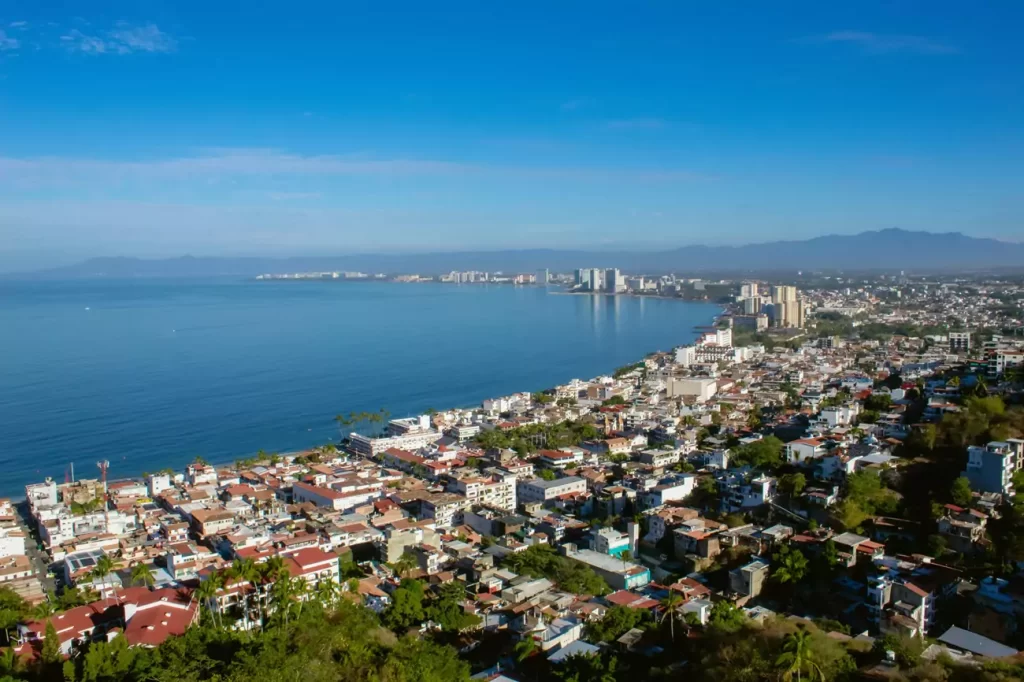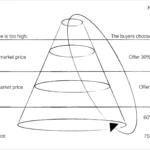Real Estate Bubble in Puerto Vallarta
A real estate bubble occurs when property prices surge rapidly to levels that are unsustainable relative to incomes and other economic factors. This surge is usually driven by demand, speculation, and exuberance, which can lead to people buying properties not for use, but to sell at a higher price.
Here are some key characteristics:
- Rapid Price Increases: Property prices increase much faster than the historical average.
- High Demand: There’s a surge in demand often fueled by speculation, easy access to credit, and a belief that prices will continue to rise.
- Investors’ Influence: More people buy properties as investments rather than homes, further driving up prices.
- Unsustainable Debt Levels: Many buyers take on more debt than they can reasonably manage, betting on future price increases to justify the risk.
Eventually, the bubble bursts, leading to a sharp decline in property values, often leaving many homeowners and investors with properties worth less than their mortgages. This can have broader economic consequences, as witnessed during the 2008 financial crisis.
In your experience with the real estate market in Mexican coastal regions, have you encountered any signs of speculative behavior or rapid price increases?
A real estate bubble can have significant and far-reaching effects on both the economy and individuals. Here are some of the key consequences:
Economic Impact
- Market Correction: When the bubble bursts, property values plummet, leading to widespread losses for investors and homeowners.
- Banking Crisis: Banks and financial institutions that extended large amounts of credit may face severe losses, potentially leading to a banking crisis.
- Recession: The combination of declining property values, reduced consumer spending, and financial instability can trigger a recession.
- Unemployment: The construction and real estate sectors often experience a sharp decline, resulting in job losses and higher unemployment rates.
- Deflation: A burst bubble can lead to deflationary pressures as asset prices fall and economic activity contracts.
Individual Impact
- Negative Equity: Homeowners may find themselves owing more on their mortgages than their homes are worth, leading to negative equity.
- Foreclosures: Increased financial strain can result in higher foreclosure rates as homeowners default on their loans.
- Loss of Savings: Individuals who invested in real estate may see their savings wiped out as property values decline.
- Reduced Mobility: Homeowners with negative equity may find it difficult to sell their homes or relocate, leading to reduced mobility.
Social Impact
- Decline in Consumer Confidence: A burst bubble can erode consumer confidence, leading to reduced spending and investment.
- Community Impact: High foreclosure rates can lead to vacant properties, declining neighborhoods, and social dislocation.
- Increased Inequality: The effects of a burst bubble can disproportionately affect lower-income households and exacerbate economic inequality.
With that being said it is important to understand that in Mexico most properties are owned outright. For this reason alone it is highly unlikely that a real estate bubble pops.🏘️📉
The bursting of the real estate bubble signifies a profound shift in the market dynamics, triggering a significant plunge in property values that reverberates across the entire industry. As a result, numerous homeowners and investors find themselves in a precarious situation where their properties are valued at amounts lower than what they initially purchased them for, causing financial distress and turmoil. This cascading effect of diminishing property values not only impacts individuals directly involved in real estate but also ripples out to affect the broader economy.
The 2008 financial crisis serves as a stark reminder of the detrimental consequences that can stem from a real estate bubble bursting. During this period, the severe devaluation of properties led to widespread turmoil in the financial sector, with numerous institutions facing insolvency and collapse. The ripple effects of the crisis were felt worldwide, with job losses, foreclosures, and economic instability becoming prevalent in many regions.
Furthermore, the aftermath of a real estate bubble burst extends beyond the immediate financial implications to impact society as a whole. Communities struggle with the blight of abandoned properties, declining neighborhoods, and decreased tax revenues, which can further exacerbate economic challenges and social disparities. The need for regulatory reforms and risk management practices becomes increasingly apparent as policymakers and industry stakeholders seek to prevent similar crises in the future.
In conclusion, the bursting of a real estate bubble not only leads to a sharp decline in property values but also sets off a chain reaction of economic and social repercussions that can have far-reaching consequences. By studying past crises such as the 2008 financial meltdown, valuable lessons can be learned to mitigate risks and ensure greater stability in the real estate market and the broader economy.
If you want to delve deeper into any of these effects, feel free to ask!







